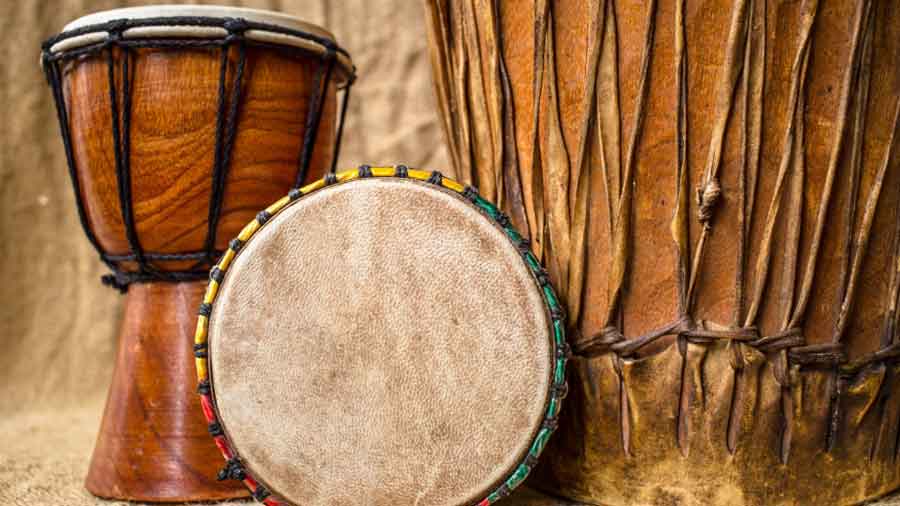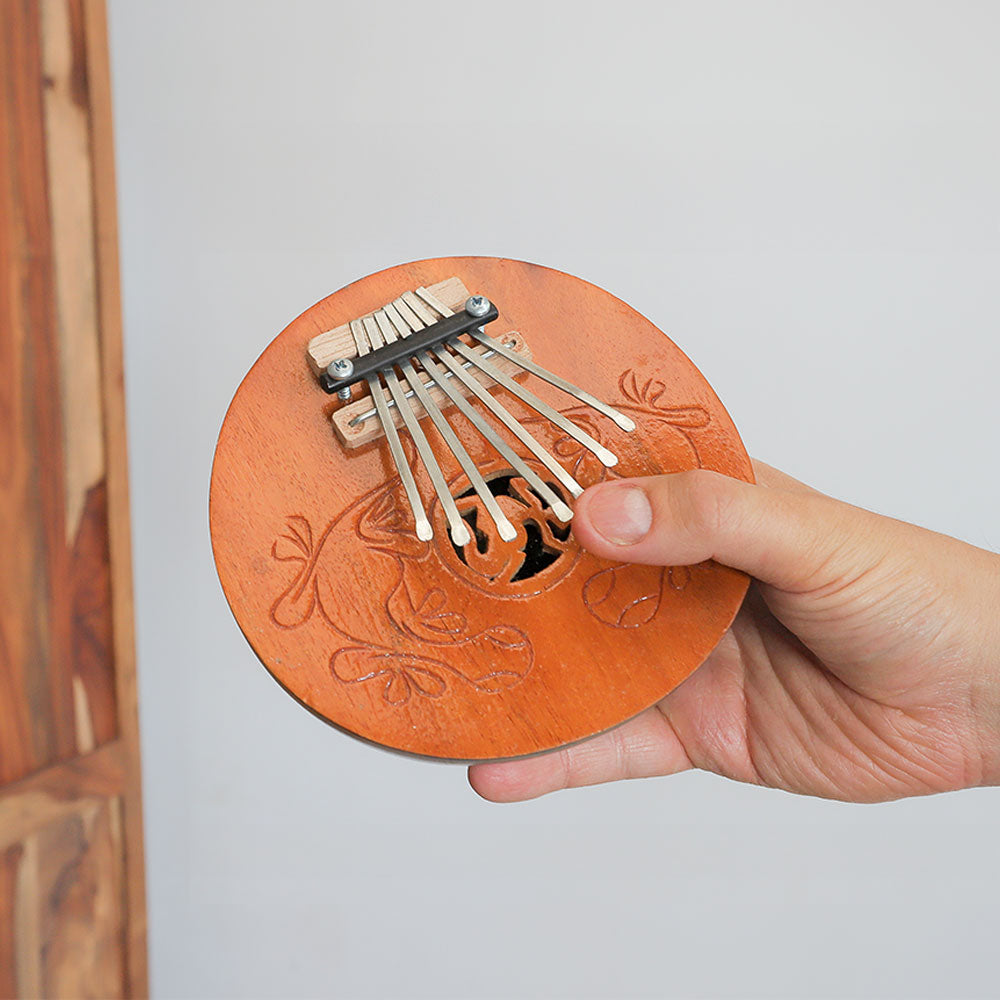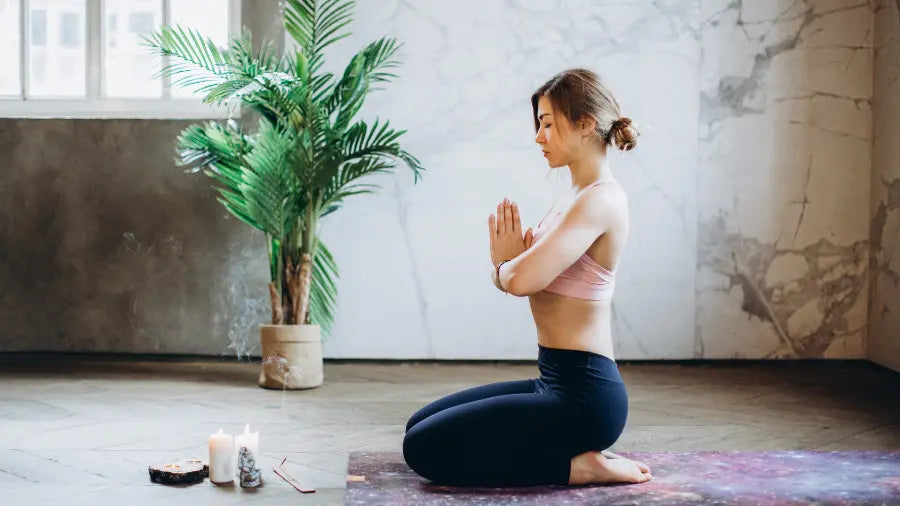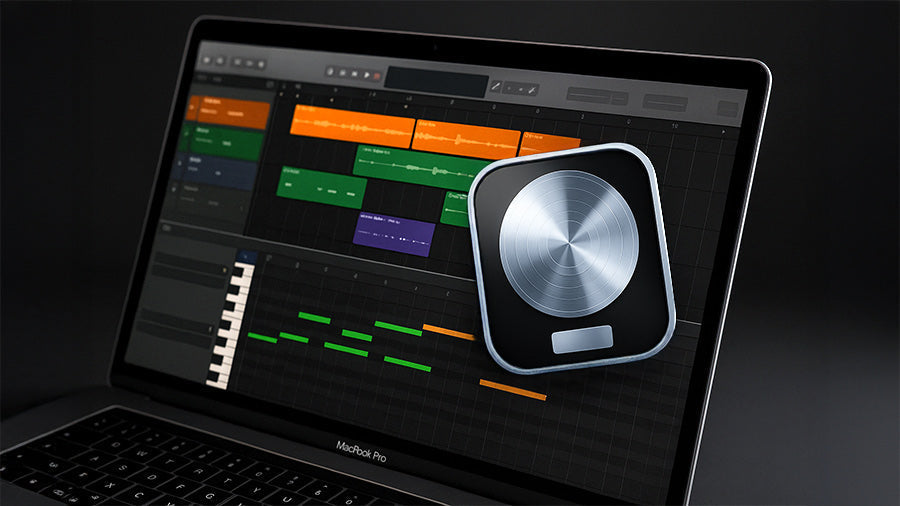Choosing a quality Djembe drum can be a difficult task for new drummers. Djembe drums are one of the most popular African drums and have been played for centuries in the West African region. The Djembe drum is a goblet-shaped hand drum that is traditionally played with bare hands. It is important to consider a few factors when choosing a Djembe drum to ensure that you get the best sound and playability.
Djembe drum wood
The first factor to consider when choosing a Djembe drum is the type of wood used to make it. Djembe drums are traditionally made out of a hardwood such as mahogany, oak, or beech. The type of wood used will affect the sound of the drum and its overall durability. You should look for a drum that is made out of a quality wood, let’s discuss some of these different types of wood below.
Lengue Wood
Lengue wood is the "Cadillac" of djembe woods. This increasingly rare wood offers superior projection, and good bass tone slap contrast with a long sustain. Its medium heavy shell promises good overall sound, consistency, and durability. This djembe is perfect for professional drummers.
Acajou Wood
Experience the beauty of Acajou Wood (Bois Rouge), one of the prized "redwoods" from the Guinea-Mali region. This wood is often difficult to distinguish from other redwoods, but it is generally lighter in colour with more orange and light patches. Acajou wood djembe promises great overall sound, consistency, and durability.
Djalla Wood
The Djalla wood djembe is known for its dark red and purple hues and fewer light patches, distinguishing it from other redwoods. Experience the beauty and quality of Djalla Wood for yourself.
Balafon Wood
Balafon wood provides djembes with a unique sound, in fact these drums are made from the same melodic wood used to make balafons in Guinea. This wood is known for its tight pores and high density, making it the loudest of all the woods. While it may sometimes have a "ringy" quality, a thick skin provides the perfect balance.
Iroko wood
Iroko wood is known for its open pores that give it a warm sound that is well-suited for carrying. While lightweight Iroko drums can be found, they may require a wait time of up to six months.
Djembe drum size
Djembe drums come in a variety of sizes, from small handheld drums to large drums that can be played with two hands. The size of the drum will determine the sound and the volume of the drum. Smaller drums are typically louder and higher-pitched than larger drums. Our Pura drums from Indonesia come in three different sizes: 20cm, 30cm, and 40cm whereas our largest African djembe drum from Ghana is approximately 60cm and is hand crafted from a solid hand carved cedar wood frame with an unbleached goatskin head and tough stringing.
Djembe drum skin
Djembe drums are traditionally made with goatskin or cowhide. The type of skin used will affect the sound and the durability of the drum. Goatskin is typically used for higher-pitched tones while cowhide is used for lower-pitched tones.
Djembe craftsmanship
Djembe drums are typically handmade and the level of craftsmanship will affect the sound and playability of the drum. Look for a drum that has been made with precision and care.
It is important to consider a few factors when choosing a Djembe drum. Pay attention to the type of wood, the size of the drum, the type of skin, and the craftsmanship of the drum to ensure that you get the best sound and playability. Djembe drums are a great way to explore African drumming and can provide years of enjoyment.
Tips for buying a used djembe drum
A great djembe should meet specific requirements such as the 3/16" (4mm-5mm) round and unfrazzled rope, 22.5" to 25" tall, and 22-28 loops on the top and bottom rings. The drum should have a slightly round bearing edge and look symmetrical. Additionally, the rings should be snug against the shell without choking the skin.
The interior should be hand-carved with roughness, and the drum should have a medium to heavy weight with medium to thick skin. The head diameter should measure 12" - 13.5", and the rings should be wrapped with cloth. Lastly, buyers should look for open cracks in the wood, ensure skins are free of holes and bug bites, and that the rings are not bent, rusted or broken.
Where to buy a djembe drum?

With so many options available on the market, it's important to know what to look for and where to buy from. Here are some tips to help you find the right Djembe drum for your needs: If you want to purchase a high quality professional drum you should look for authentic Djembes made of traditional West African wood and goatskin. For a budget beginner djembe, you can opt for an Indonesian drum that will produce a great tone but be smaller in size. You can explore our selection of world djembe drums available or if you would prefer to try one out in person before purchasing, we would recommend visiting a local music store.
Djembe Drum (Frequently Asked Questions)
What is the djembe drum used for?
Musicians use it for dancing at events like weddings, baptisms, funerals, and ceremonies. They also play it during farming activities, courtship rituals, and to resolve disagreements among the men in the village.
What style of music is the djembe?
Currently, both traditional and Westernized Djembe drums find application in various musical styles globally, spanning international folk, Latin percussion, and jazz genres.
What are the three types of djembe?
- One has a round, vertical shell with a swallow's tail at the base.
- Another has a funnel-shaped shell with a swallow's tail at the base and a larger diameter.
- The third type has a fairly narrow cylindrical base.
What is the tone of the djembe?
The middle note on the djembe is called a tone. It's not about how it sounds or its pitch; it's just the name for the note played on the edge of the drum. The tone is the most common note on the djembe and mastering it is essential for improvement.
How was the djembe drum invented?
Many believe the Djembe (pronounced JEM – Beh) originated from the "numu," a group of professional blacksmiths among the Mandinka (Maninke) people of West Africa around 1300 AD. They're thought to be the first to carve this wooden instrument.
How long does djembe skin last?
A skin can provide good performance for 5-15 years for many drummers. Some individuals, aiming for optimal sound quality, choose to replace the drum head every few years.
How do I maintain a djembe drum?
It's essential to store your drum in a dry environment. Avoid keeping it in damp places like basements or near a body of water. Consider using a reliable dehumidifier. For extra care, purchase a case meant for the djembe drum.







